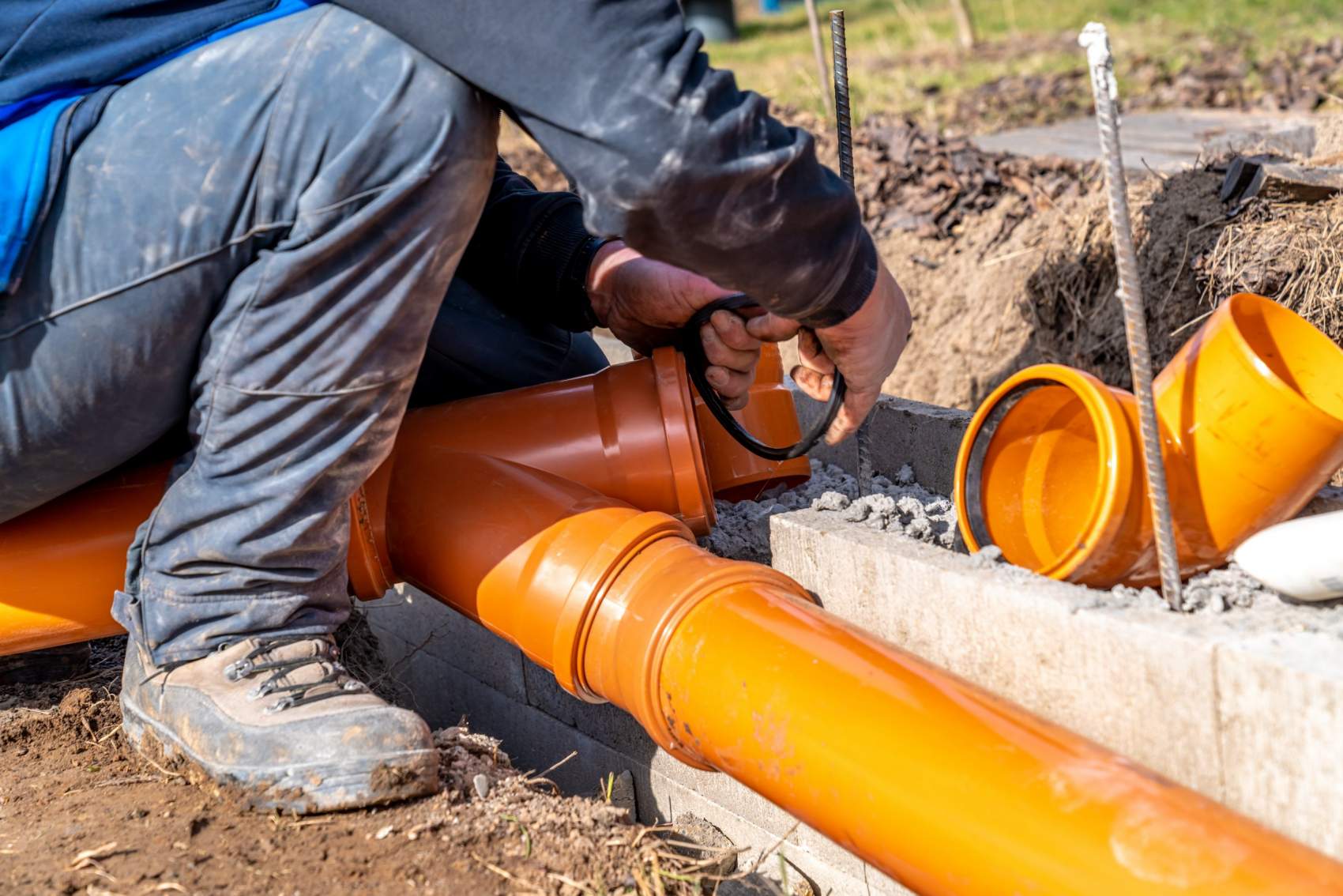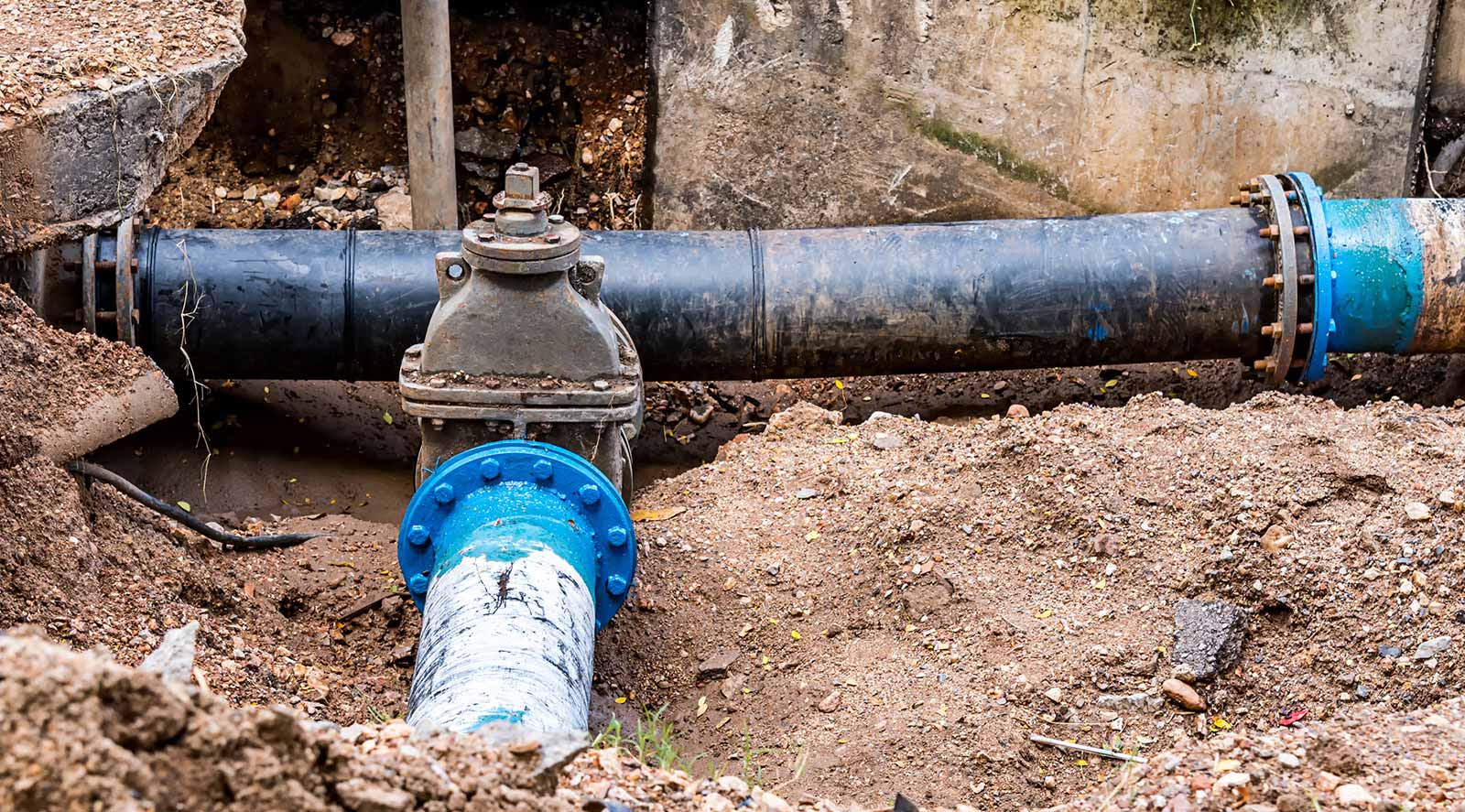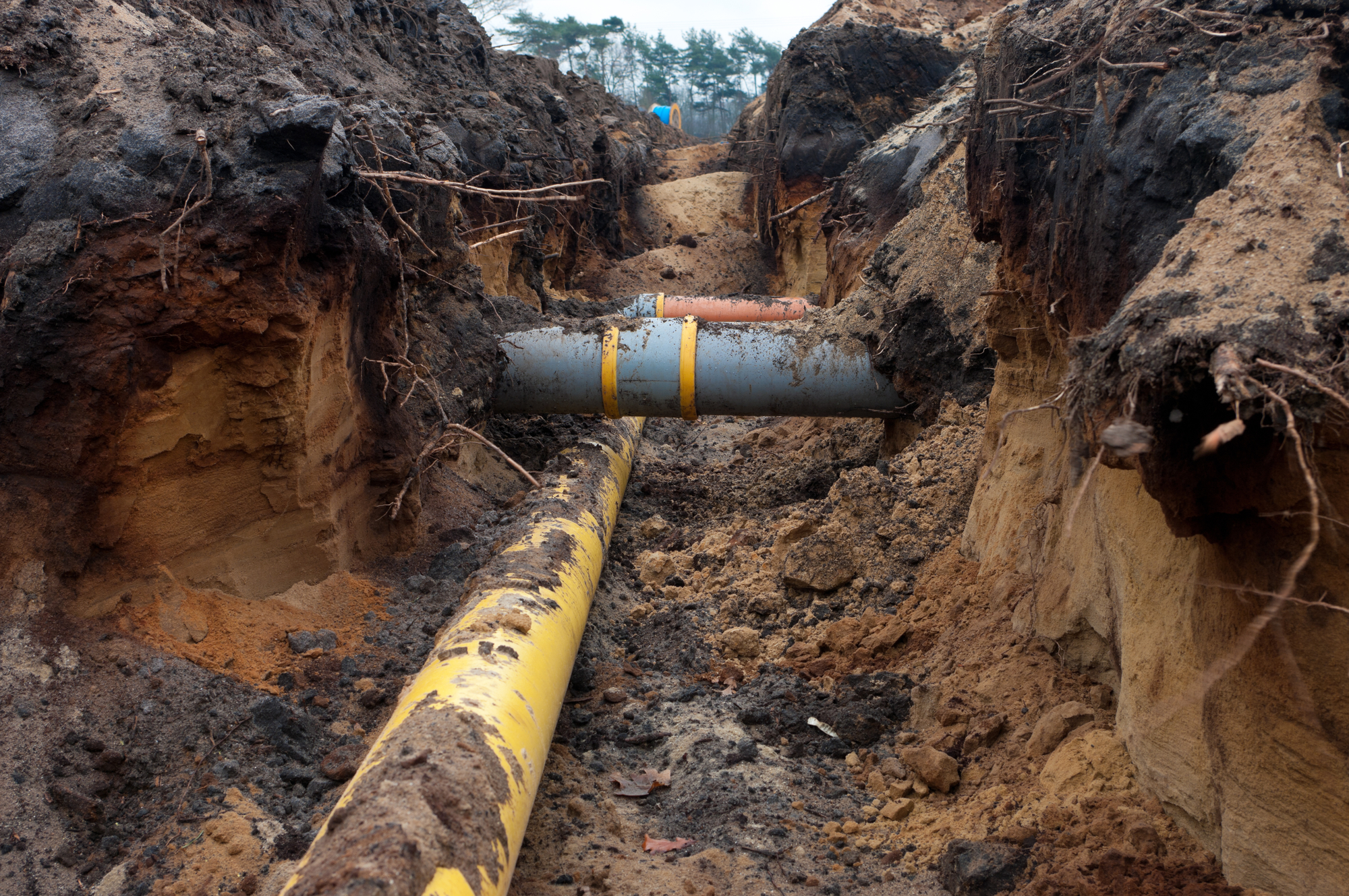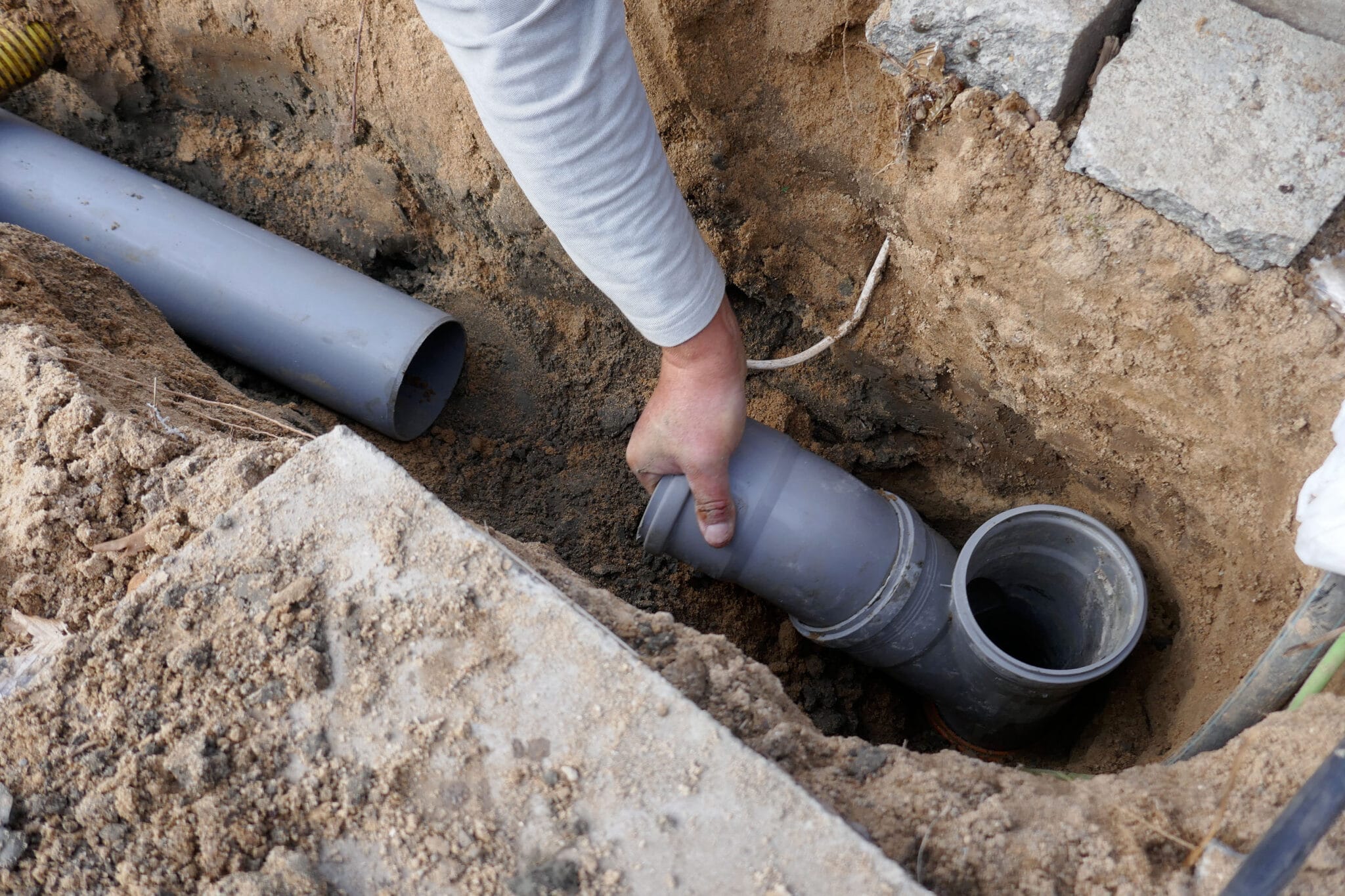- flomaxxinc@gmail.com
- 17035 Westview Ave South Holland Illinois 60473
Understanding Sewer Line Replacement: What to Expect

Dealing with sewer line problems can feel overwhelming for any homeowner. When your home’s main sewer line fails, it affects your entire plumbing system and daily life. Understanding the sewer line replacement process helps you prepare for this major home repair and make informed decisions about your property.
This comprehensive guide walks you through everything you need to know about sewer line replacement, from recognizing early warning signs to understanding costs and choosing the right repair method for your situation.
Recognizing the Warning Signs of a Broken Sewer Line
Before diving into replacement options, it’s crucial to identify when your sewer line needs attention. Many homeowners miss early warning signs, leading to more extensive damage and higher repair costs.
Multiple Drain Backups When several drains in your home back up simultaneously, this often indicates a main sewer line problem. Unlike isolated clogs that affect single fixtures, sewer line issues cause widespread drainage problems throughout your house.
Persistent Sewage Odors Strong sewage smells inside or outside your home signal potential sewer line damage. These odors may be strongest near floor drains, in basements, or in your yard where the sewer line runs underground.
Slow Draining Fixtures If multiple sinks, tubs, or toilets drain slowly despite clearing individual clogs, your main sewer line may be partially blocked or damaged. This symptom often worsens over time as the problem progresses.
Gurgling Sounds Unusual sounds from drains, especially gurgling or bubbling noises when using other fixtures, indicate air displacement in your sewer system. These sounds suggest blockages or breaks in the main line.
Wet Spots in Your Yard Unexplained soggy areas in your lawn, particularly near your home’s foundation or along the sewer line path, may indicate underground leaks. These wet spots often appear even during dry weather.
Foundation Issues Sewer line leaks can cause soil erosion around your foundation, leading to cracks, settling, or other structural problems. If you notice new foundation issues, have your sewer line inspected.
Understanding Sewer Line Replacement Cost Factors
Sewer line replacement cost varies significantly based on several factors. Understanding these variables helps you budget appropriately and make informed decisions about your repair options.
Distance and Accessibility The length of sewer line requiring replacement directly affects your total cost. Longer runs require more materials and labor. Additionally, lines located under driveways, landscaping, or other obstacles cost more to access and replace.
Pipe Material Selection Modern sewer line materials include PVC, cast iron, and high-density polyethylene (HDPE). Each material has different costs and benefits. PVC offers affordability and durability, while HDPE provides flexibility for challenging installations.
Local Labor Costs Geographic location significantly impacts sewer line replacement cost. Urban areas typically have higher labor rates than rural locations. Additionally, local permit requirements and inspection fees vary by municipality.
Replacement Method Traditional excavation methods generally cost less upfront but may require extensive landscaping restoration. Trenchless methods have higher initial costs but minimize property damage and restoration expenses.
Permit Requirements Most municipalities require permits for sewer line work. Permit costs vary by location and project scope. Some areas also require licensed plumbers to perform this work, affecting overall pricing.

Traditional Sewer Line Replacement Methods
Understanding how to replace a sewer line begins with exploring different approaches. Traditional excavation remains the most common method for complete sewer line replacement.
Site Preparation The traditional replacement process starts with locating existing utilities and marking the sewer line path. Professional plumbers use specialized equipment to map underground lines and avoid damaging other utilities during excavation.
Excavation Process Workers dig a trench along the entire sewer line path, typically 4-6 feet deep depending on local codes and soil conditions. This excavation provides access to the damaged pipe and allows for proper installation of new materials.
Pipe Removal and Installation Once exposed, crews remove the old sewer line and inspect the trench for proper slope and conditions. New pipe installation follows strict grade requirements to ensure proper drainage flow toward the municipal sewer system.
Backfill and Restoration After installing and testing the new line, workers backfill the trench with appropriate materials. Proper compaction prevents future settling. Finally, crews restore landscaping, driveways, and other affected areas.
Trenchless Sewer Line Replacement Options
Trenchless sewer line replacement methods offer less invasive alternatives to traditional excavation. These modern techniques minimize property damage while effectively replacing damaged sewer lines.
Pipe Bursting Method Pipe bursting involves pulling a new pipe through the existing damaged line while simultaneously breaking apart the old pipe. This method works well for replacing pipes with similar or larger diameters and requires minimal excavation.
Pipe Lining Systems Cured-in-place pipe (CIPP) lining involves inserting a resin-saturated liner into the existing pipe, then curing it to form a new pipe within the old one. This method works best for pipes with minor damage and maintains the existing pipe diameter.
Directional Drilling For new installations or complete replacements, directional drilling creates a new path for the sewer line without extensive excavation. This method works particularly well for installations under driveways, sidewalks, or other obstacles.

The Complete Sewer Line Replacement Process
Understanding the step-by-step sewer line replacement process helps you prepare for this major home improvement project and know what to expect during each phase.
Initial Inspection and Assessment Professional plumbers begin with a thorough inspection using video cameras to assess the sewer line condition. This inspection identifies the exact location and extent of damage, helping determine the best replacement approach.
Permit Acquisition Most municipalities require permits for sewer line work. Your contractor typically handles permit applications, but the process can take several days to weeks depending on local requirements.
Utility Location and Marking Before any excavation begins, utility companies mark the locations of gas, electric, water, and communication lines. This critical safety step prevents damage to other utilities during the replacement process.
Excavation or Trenchless Setup Depending on the chosen method, crews either begin excavation or set up equipment for trenchless replacement. Both approaches require careful planning to minimize disruption to your property and daily routine.
Pipe Installation New pipe installation follows strict guidelines for proper slope, joint connections, and material specifications. Professional installation ensures your new sewer line meets local codes and provides long-term reliability.
Testing and Inspection After installation, crews test the new line for proper function and potential leaks. Municipal inspectors typically verify the work meets local codes before approving the installation.
Site Restoration The final phase involves restoring your property to its original condition. This includes backfilling trenches, replanting landscaping, and repairing any damaged surfaces like driveways or sidewalks.
Choosing the Right Replacement Method
Selecting between traditional excavation and trenchless methods depends on several factors specific to your situation and property.
Pipe Condition Assessment Severely damaged or collapsed pipes may require traditional excavation for complete replacement. Trenchless methods work best for pipes with structural integrity that can support the installation process.
Property Considerations Extensive landscaping, mature trees, or hardscape features may make trenchless methods more cost-effective despite higher initial costs. Consider the total cost including restoration when comparing options.
Timeline Requirements Trenchless methods typically complete faster than traditional excavation, reducing disruption to your daily routine. However, some trenchless techniques may not be suitable for all pipe materials or damage types.
Long-term Performance Both methods can provide decades of reliable service when properly installed. Consider the warranty terms and expected lifespan of different materials and installation methods.

Preparing for Sewer Line Replacement
Proper preparation helps ensure your sewer line replacement project proceeds smoothly and minimizes disruption to your household.
Temporary Bathroom Arrangements During replacement, your home’s plumbing may be temporarily unavailable. Arrange alternative bathroom facilities and inform family members about the expected timeline.
Protecting Your Property Move vehicles, outdoor furniture, and valuable landscaping elements away from the work area. Cover or protect items that cannot be moved to prevent damage during construction.
Communication with Contractors Establish clear communication channels with your contractor regarding daily schedules, progress updates, and any unexpected issues that may arise during the project.
Conclusion
Sewer line replacement represents a significant investment in your home’s infrastructure. By understanding the process, recognizing warning signs early, and choosing the right replacement method, you can ensure this major repair protects your property value and provides reliable service for decades.
Whether you choose traditional excavation or trenchless sewer line replacement, working with experienced professionals ensures proper installation and long-term performance. Don’t delay addressing sewer line problems – early intervention often prevents more extensive damage and reduces overall costs.
Remember that while sewer line replacement cost may seem substantial initially, this investment protects your home’s foundation, prevents health hazards, and maintains your property’s value. With proper planning and professional installation, your new sewer line will provide reliable service for many years to come.

